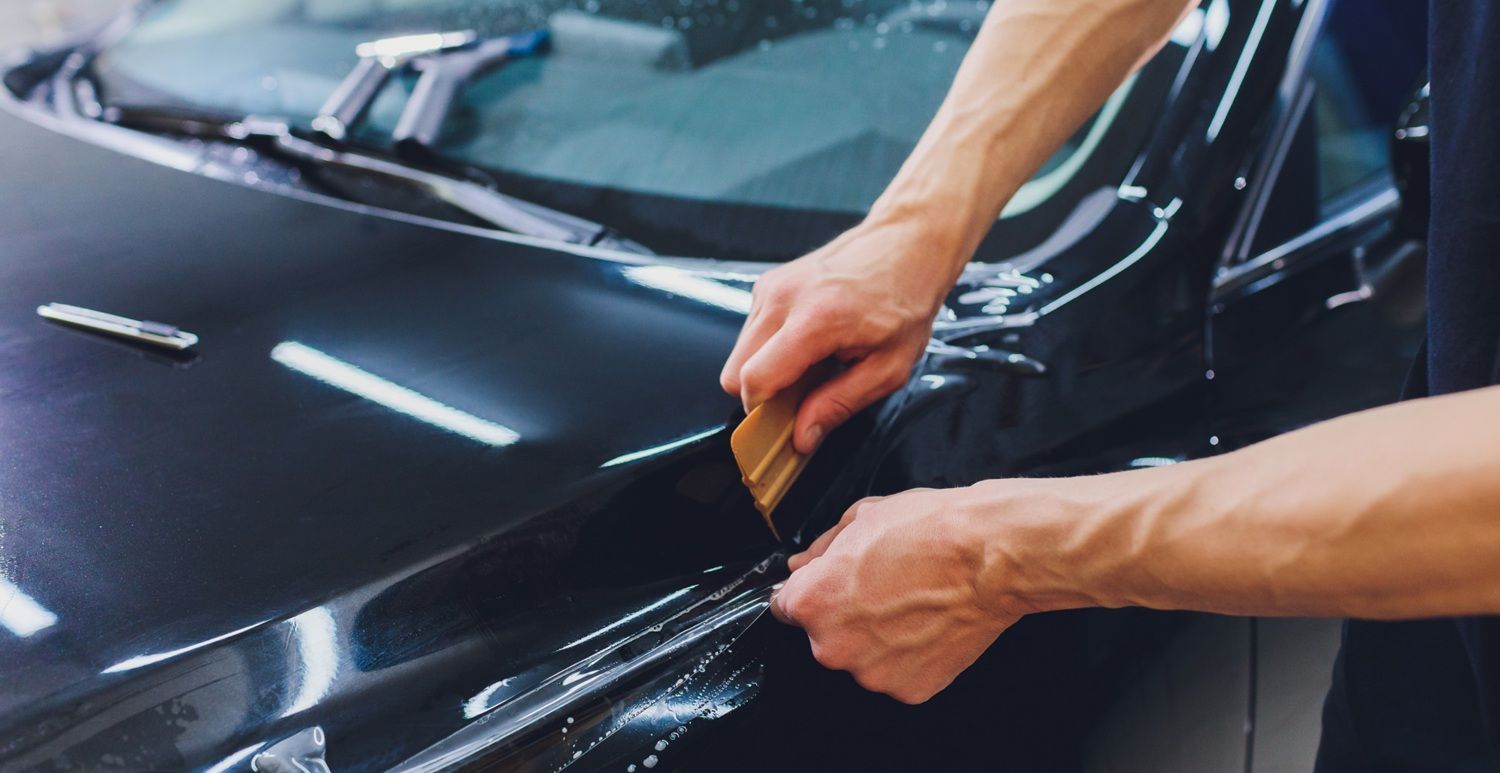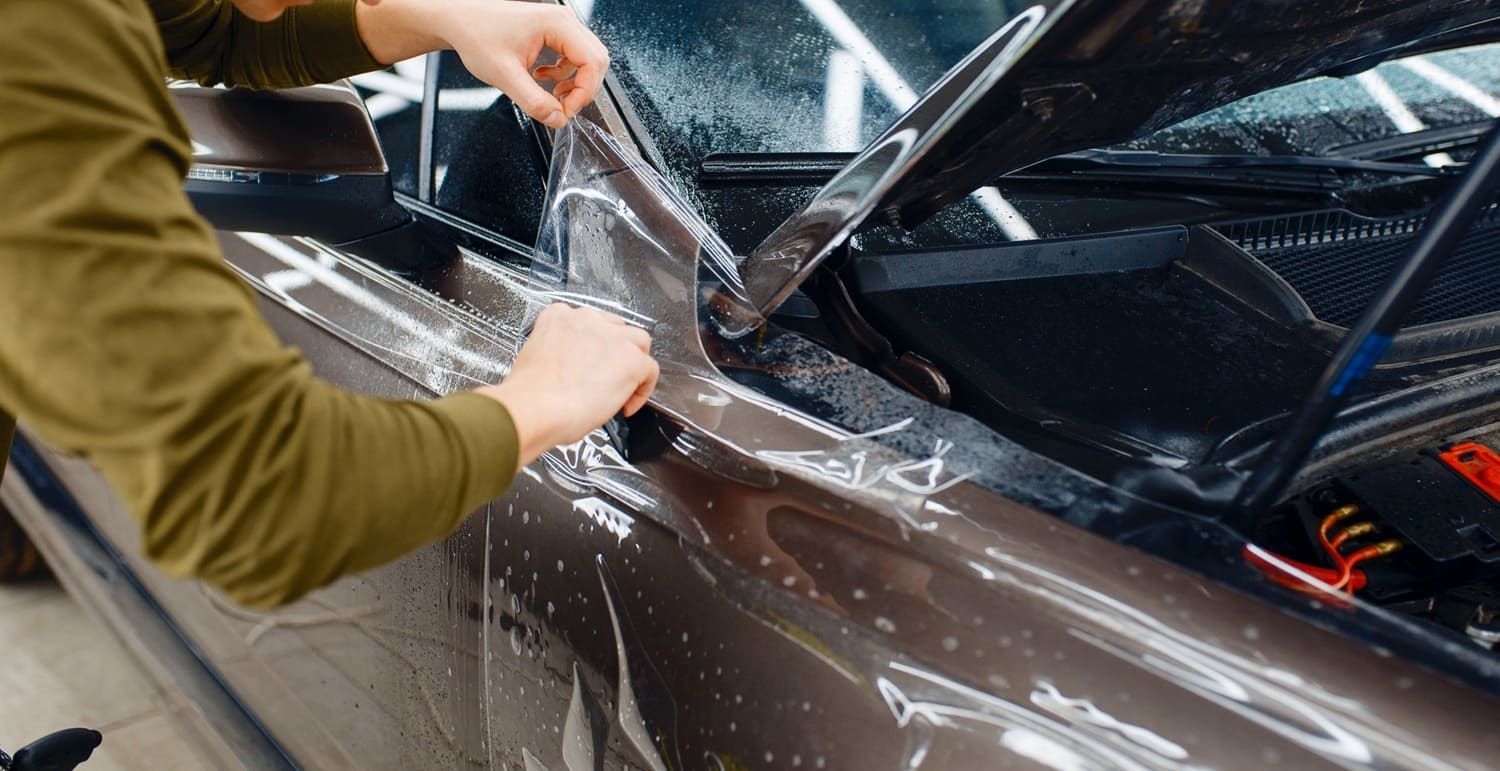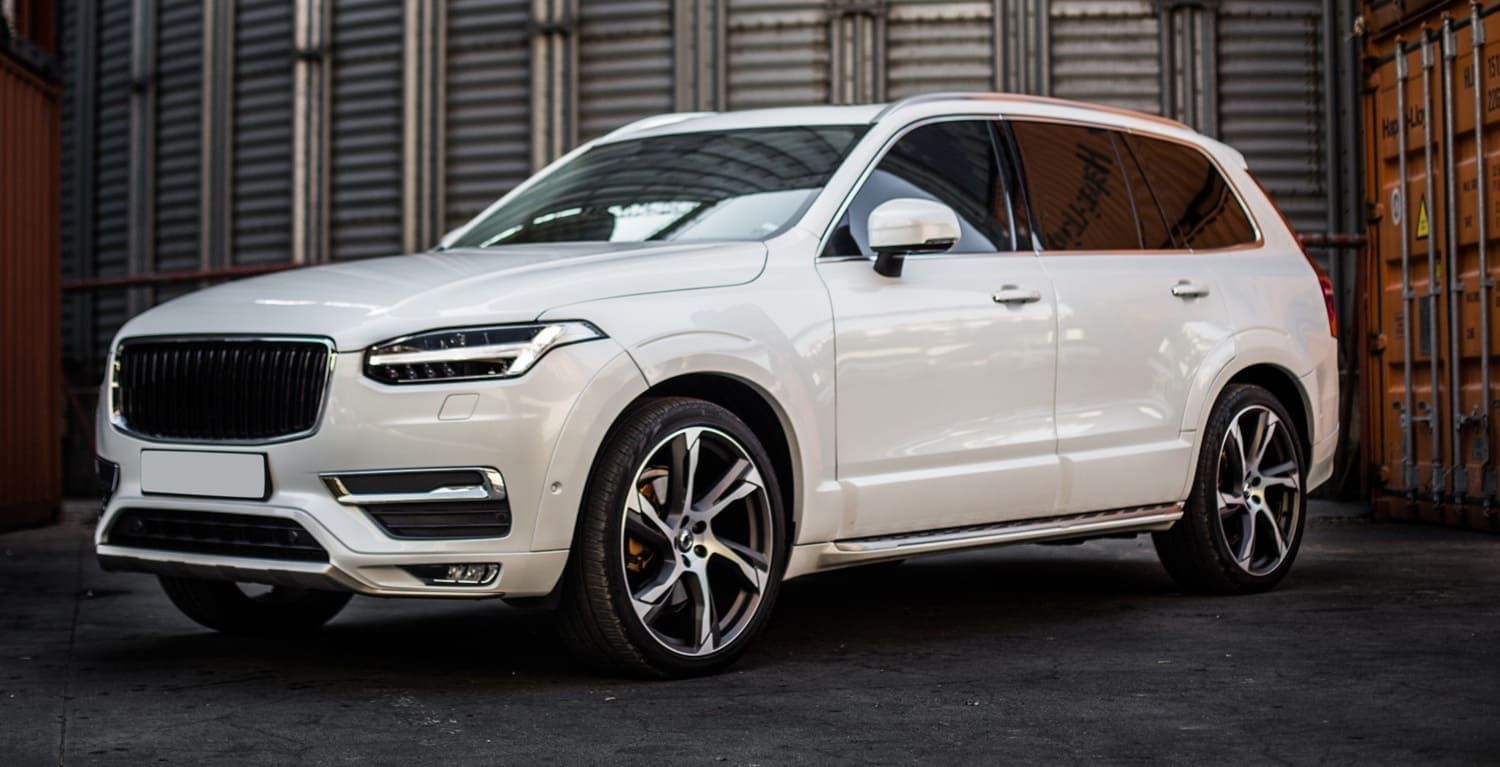Ceramic vs. Dyed Auto Tint: Which Option Lasts Longer?
When it comes to enhancing the appearance of your vehicle while also providing practical benefits like heat reduction and UV protection, car window tinting is a popular choice. However, not all tints are created equal. Among the many options available, ceramic and dyed auto tints are two of the most commonly considered. But how do they stack up against each other, particularly in terms of longevity?
This article will explore the differences between ceramic and dyed auto tints, focusing on which option lasts longer and why. By understanding the nuances of each type, you can make an informed decision that best suits your vehicle's needs and your personal preferences.
Before diving into the longevity of each type, it's crucial to understand what ceramic and dyed tints are and how they function. Each type of tint has unique properties that cater to different needs, and knowing these differences can help you choose the best option for your vehicle.
Ceramic window tint is made with ceramic particles that are non-conductive and non-metallic. This advanced technology provides superior heat rejection, glare reduction, and UV protection without interfering with electronic devices. Unlike traditional tints, ceramic tints do not contain any metals, which ensures they do not interfere with radio, GPS, or cell phone signals.
Ceramic tints are known for their durability and high-performance qualities. They maintain a clear appearance without the reflective sheen that some metallic tints have, offering a sleek and modern look. Additionally, the ceramic particles enhance the tint's ability to withstand harsh weather conditions, ensuring longevity and consistent performance over time.
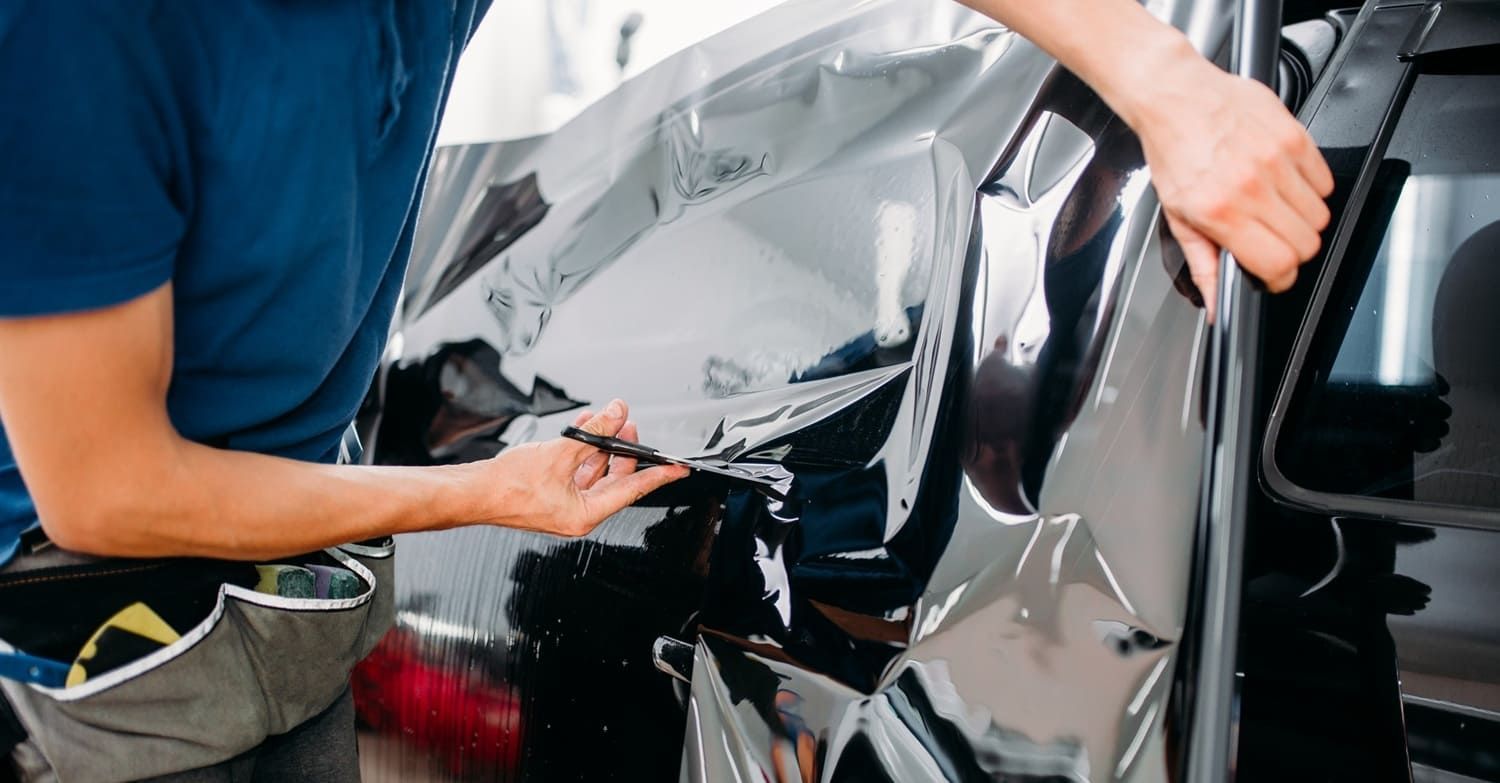
What is Dyed Auto Tint?
Dyed window tint is the most economical choice and is made by placing a layer of dye between an adhesive layer and a protective top coating. The dye absorbs solar heat, which helps to cool the interior of the car. This type of tint is often chosen for its aesthetic appeal, as it can give windows a darker appearance and provide privacy for passengers.
However, dyed tints are often less effective at heat rejection compared to other types. While they provide a basic level of UV protection, they do not perform as well as ceramic tints in extreme conditions. Over time, the exposure to sun and weather can cause the dye to degrade, impacting both the visual appeal and functional benefits of the tint.
Longevity: Ceramic vs. Dyed Auto Tint
When investing in car window tinting, longevity is a vital consideration. Let's compare how ceramic and dyed tints fare over time. Both options have their advantages, but understanding their differences in durability can guide you to the right choice for your vehicle.
Durability of Ceramic Window Tint
Ceramic auto tints are renowned for their durability. The ceramic particles used in the film are stable and resistant to fading, even after prolonged exposure to sunlight. This means that ceramic tints maintain their color and performance for years, offering a long-lasting solution for car owners. The absence of dyes and metals in ceramic tints contributes to their impressive longevity, as there are no components that can deteriorate under UV exposure.
Ceramic tints also resist scratches and abrasions better than dyed tints, which helps in maintaining a clean and pristine look. This resilience against wear and tear makes ceramic tints a cost-effective investment in the long run. Moreover, their ability to withstand high temperatures and humidity without degrading ensures that they remain effective, regardless of environmental conditions.
Durability of Dyed Auto Tint
Dyed tints, while initially cost-effective, tend to fade over time. The dye in the film is susceptible to the sun's ultraviolet rays, which can cause the tint to change color, often turning purple. This fading not only affects the appearance of the vehicle but also reduces the tint's effectiveness at blocking heat and UV rays. The color change can detract from the vehicle's aesthetics, necessitating more frequent replacements or repairs.
Additionally, dyed tints are more prone to scratches and bubbling, which can occur due to poor installation or wear over time. These imperfections can further degrade the tint's appearance and functionality. As a result, while dyed tints may offer an initial savings, the potential for increased maintenance and replacement costs can add up, making them less economical in the long run.
Performance Comparison
While longevity is crucial, performance is equally important. Here's how ceramic and dyed tints perform in various categories. Each type of tint has specific strengths, and understanding these can help you choose the one that best aligns with your needs.
Heat Rejection
Ceramic tints excel at heat rejection due to their construction. They block a significant amount of infrared rays, which are responsible for heat buildup. This results in a cooler car interior, even on hot days, and reduces the need for air conditioning. The reduced reliance on air conditioning can improve fuel efficiency, contributing to lower overall vehicle operation costs.
Dyed tints, on the other hand, primarily absorb heat rather than blocking it, making them less effective in this category. While they can still offer some heat reduction, the difference is noticeable, especially in hotter climates. For drivers prioritizing interior comfort during summer months, ceramic tints provide a clear advantage.
UV Protection
Both ceramic and dyed tints offer UV protection, but ceramic tints provide superior protection. Ceramic films block up to 99% of harmful UV rays, which can protect the car's interior from fading and reduce the risk of skin damage for passengers. This high level of protection is particularly beneficial for individuals who spend a significant amount of time driving, as it minimizes UV exposure and its associated health risks.
The protection ceramic tints offer extends to preserving the vehicle's interior materials, such as leather and upholstery, preventing them from cracking or fading over time. While dyed tints do offer some level of UV protection, it is typically not as comprehensive as that provided by ceramic films.
Glare Reduction
Ceramic tints also offer better glare reduction compared to dyed tints. This is due to their ability to filter out more sunlight and reduce glare from reflective surfaces, making driving safer and more comfortable. The reduction in glare is particularly beneficial during sunrise and sunset or when driving in areas with significant reflective surfaces, such as urban environments.
By minimizing glare, ceramic tints enhance visibility, reducing the likelihood of accidents caused by temporary blindness from bright lights. This added safety feature makes ceramic tints a preferred choice for those who prioritize both safety and comfort while driving.
Cost Considerations
While ceramic tints are more expensive upfront, their durability and performance can justify the cost over time. The longevity and reduced need for replacement make ceramic tints a wise investment for car owners looking for lasting value. The initial investment in ceramic tints can lead to savings in fuel efficiency and fewer replacements, making them a cost-effective choice in the long run.
Dyed tints, while less expensive initially, may require more frequent replacements due to fading and damage, potentially leading to higher costs in the long run. The need for regular maintenance or replacement can negate the initial savings, especially if the vehicle is exposed to harsh weather conditions or extensive sun exposure.
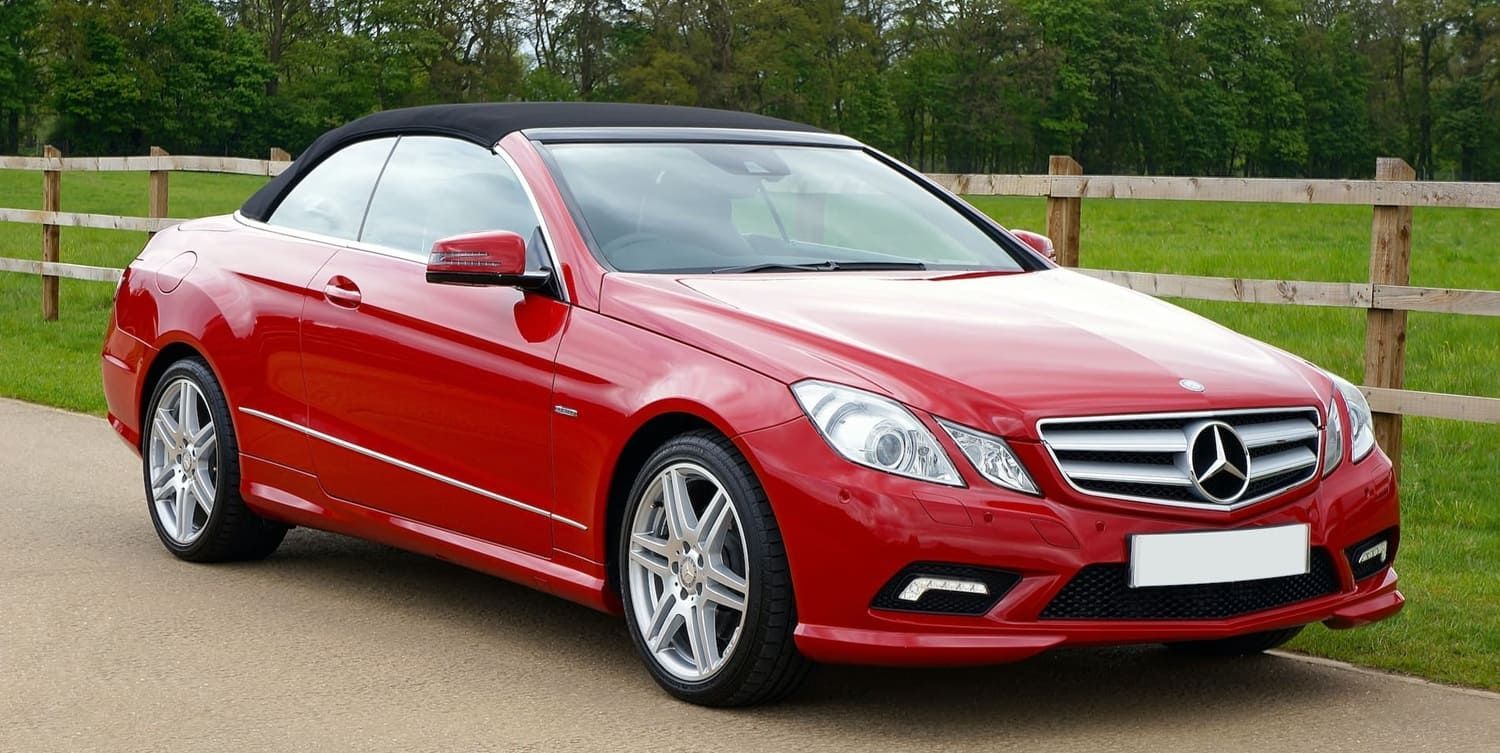
Choosing the Right Tint for Your Vehicle
When deciding between ceramic and dyed tints, consider your budget, performance needs, and how long you plan to keep your vehicle. Understanding your specific needs and the conditions in which you typically drive can guide you to the most suitable tint option.
- If you want a long-lasting, high-performance solution: Ceramic window tint is the best choice. It offers superior heat rejection, UV protection, and durability, making it a worthwhile investment. This option is ideal for those who plan to keep their vehicle for an extended period and are willing to invest in quality and longevity.
- If you are looking for a budget-friendly option: Dyed window tint may be suitable for short-term needs, but be prepared for potential fading and reduced performance over time. This option is more suitable for those who prioritize initial cost savings over long-term durability and performance.
Conclusion
At J3ss-InTime Window Films, we are a trusted LLumar Dealer and recognized as the best window tinting installers near you, proudly serving Ocala, FL and the surrounding areas.
In the debate between ceramic and dyed auto tints, ceramic tints stand out for their longevity and superior performance. While they come at a higher initial cost, their durability and effectiveness in blocking heat and UV rays provide long-term benefits that dyed tints cannot match. For those seeking a high-performance, long-lasting tint solution, ceramic is the clear choice.
Ultimately, the choice between ceramic and dyed window tint will depend on your specific needs and budget. However, for those seeking a lasting solution with optimal performance, ceramic window tint is the clear winner. The decision should also take into account how much value you place on aesthetics, comfort, and safety.
Whether you choose ceramic or dyed, ensure that your tint is installed by a professional to maximize its lifespan and performance. Proper installation is key to enjoying all the benefits that car window tinting has to offer. A professional installation not only enhances the tint's performance but also ensures compliance with any legal standards regarding tint darkness and reflectivity.
Contact J3ss-InTime Window Films today for your free estimate and discover the difference professional tint installation can make for your vehicle in Ocala, FL.
FAQs About Ceramic vs Dyed Auto Tint
Which tint lasts longer, ceramic or dyed?
Ceramic tint lasts much longer due to its advanced materials.
Does dyed tint fade over time?
Yes. Dyed films often fade and discolor after years of sun exposure.
Is ceramic tint more durable than dyed tint?
Yes. Ceramic resists fading, peeling, and bubbling better than dyed films.
Does ceramic tint cost more than dyed tint?
Yes. Ceramic is more expensive but offers longer life and better performance.
Which tint is better for long-term value?
Ceramic tint provides greater durability, comfort, and protection.


